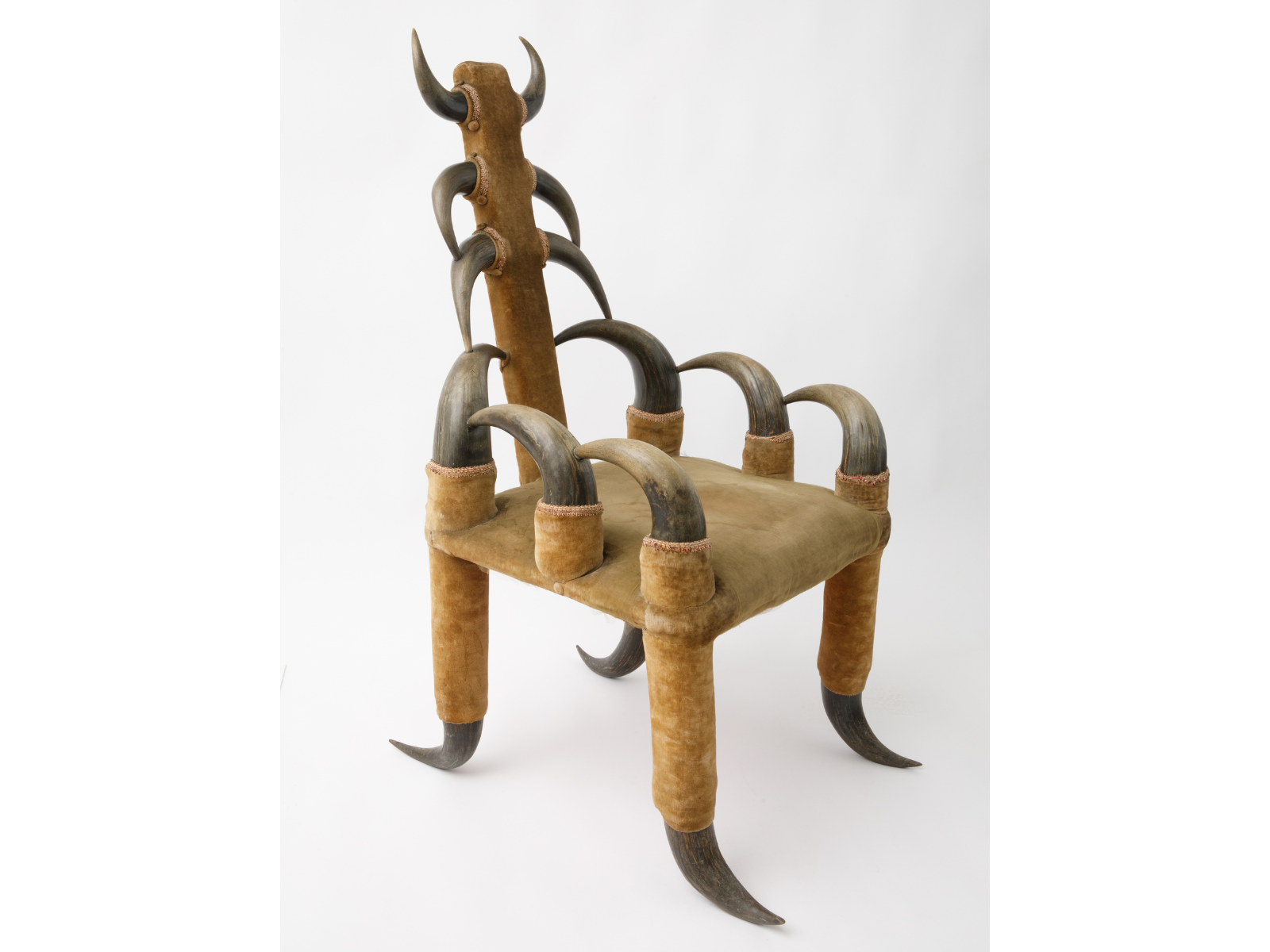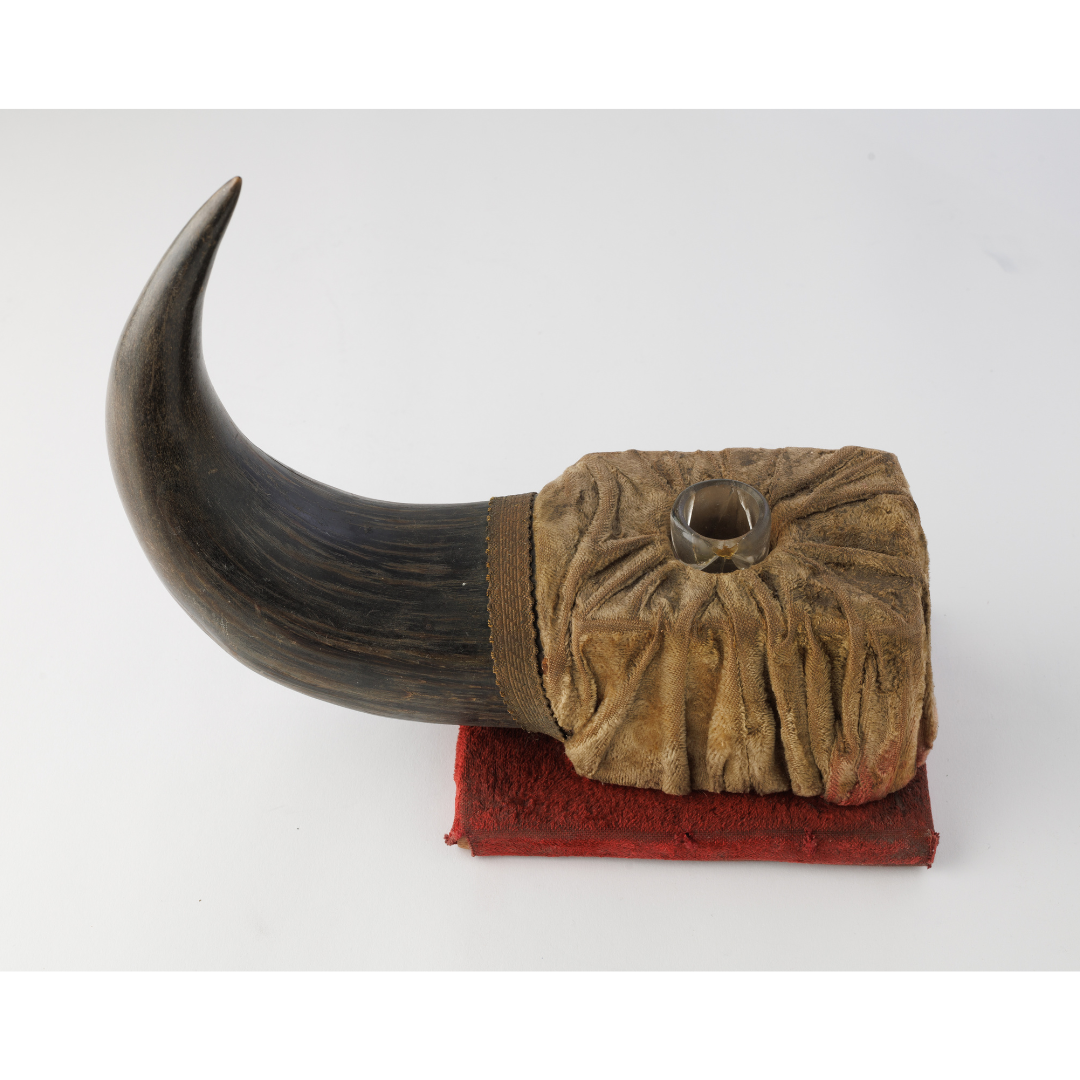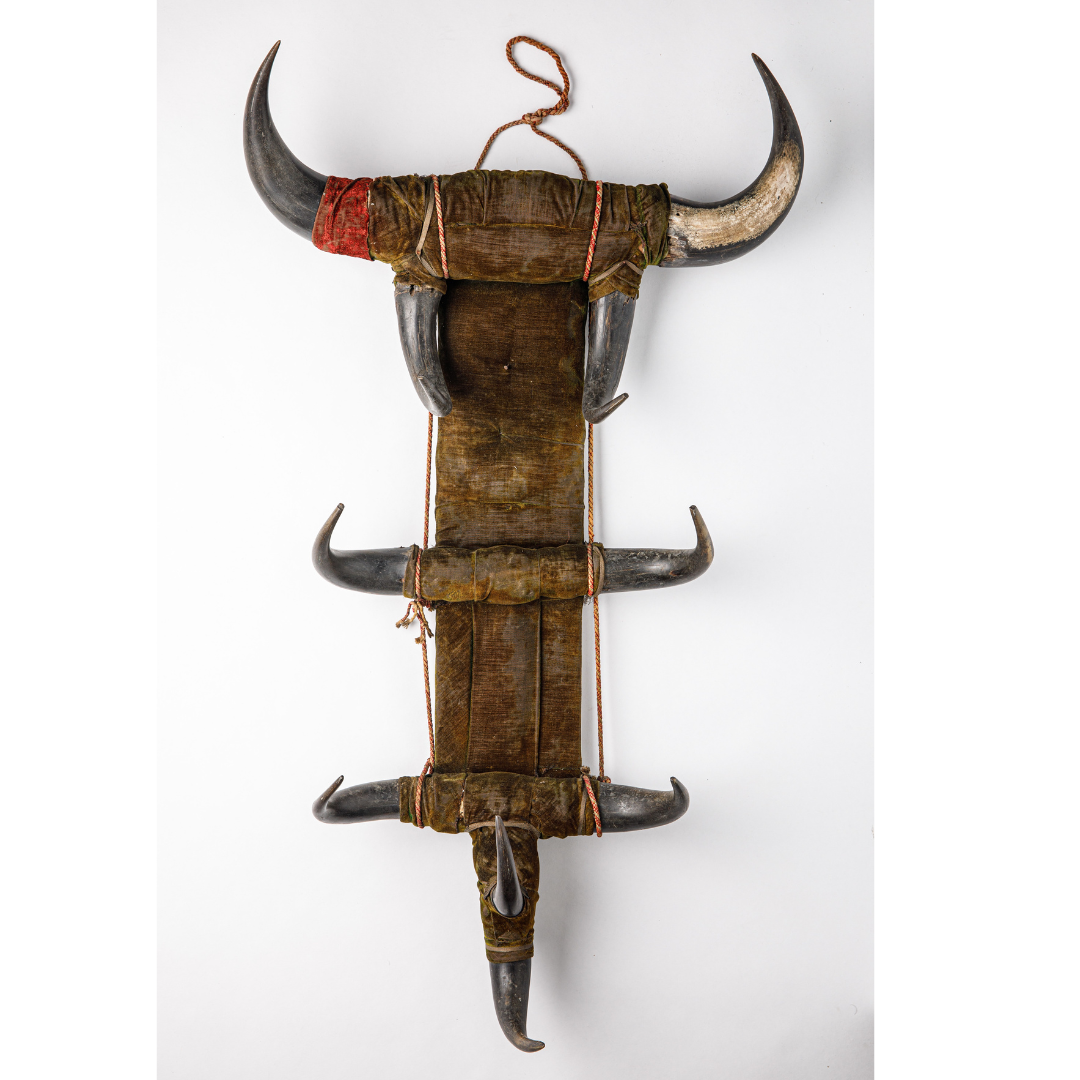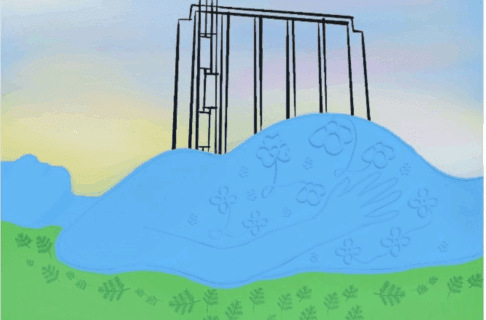Posted on: Friday May 9, 2025
If these furnishings look weird, it’s because they are. They were oddities even when they were made in the late 19th century, and now you can see some examples on exhibit at the Manitoba Museum.

Chairs made with antlers and horns were a fad in the late 1800s, and available to anyone with cash to spend. Some of the earliest pieces date from the 1860s, but it was at the Chicago Industrial Exposition of 1876 that horn furniture was displayed for the first time. Ten years later they featured in the Canadian section of the Colonial Exhibition and were described as having “a very striking and pleasing effect.”
Bison horn furnishings were made for a growing middle class, who had a late Victorian taste for elaborate decorations and overstuffed parlours. After the First World War, horn furniture was seen as distasteful, and much of it disappeared. Some of these pieces later came to museums with stories that they were made by First Nations artists, but real evidence is lacking.
Image: This cozy bison horn chair, made in the 1880s, was owned by Archbishop Samuel P. Matheson (1852-1942) of Winnipeg. It will be on display in The Museum Collection Illuminated exhibition. H8-7-6, ©Manitoba Museum
We do know that in Winnipeg, William F. White, proprietor of a taxidermy and curiosities shop, was described as a “horn manufacturer.” He advertised “a wonderful display of fancy horn work in all kinds of useful articles” in a Dec. 12, 1892 Free Press issue, just in time for Christmas. The making and sale of bison horn furnishings was happening right here in Winnipeg.

A bison horn footstool, now on display in the Darbey Taxidermy shop. H9-36-126, ©Manitoba Museum

An inkwell swathed in velvet and accentuated by a huge bison horn. Dating to the 1880s, it belonged to Mr. Edward Dickson of Oak Lake, MB. H9-7-445, ©Manitoba Museum

This bison horn hat rack was likely made in the 1880s. The velvet upholstery, common in Victorian homes, is identical to that found on the chair and inkwell. H9-39-854, ©Manitoba Museum
There was a dark legacy to the crafting of bison horn furniture. The near extinction of the North American bison in the 1880s was caused by many actors, some of whom wanted to weaken First Nations. American hunters killed bison indiscriminately to sell the hides, and dried bones were later sold for fertilizer. It was a huge loss of animal life, and a traumatic change for many First Nations who had relied on bison herds for thousands of years.
You can see – but not sit on – some of these artifacts in our newest exhibition, The Museum Collection Illuminated, opening May 13 in our Discovery Room, or on permanent display in the Darbey Taxidermy Shop in the Winnipeg 1920s Gallery.






